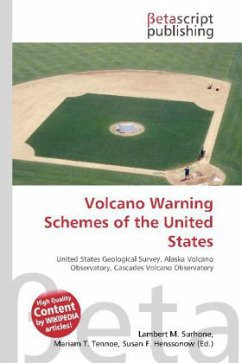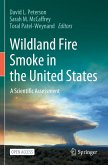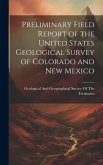Please note that the content of this book primarily consists of articles available from Wikipedia or other free sources online. The United States Geological Survey (USGS) has adopted a common system nationwide for characterizing the level of unrest and eruptive activity at volcanoes. The new volcano alert-level system is now used by the Alaska Volcano Observatory, the Cascades Volcano Observatory, the Hawaiian Volcano Observatory, the Long Valley Observatory, and the Yellowstone Volcano Observatory. Under the new system, the USGS ranks the level of activity at a U.S. volcano using the terms "Normal", for typical volcanic activity in a non-eruptive phase; "Advisory", for elevated unrest; "Watch", for escalating unrest or a minor eruption underway that poses limited hazards; and, "Warning", if a highly hazardous eruption is underway or imminent (Table 1). These levels reflect conditions at a volcano and the expected or ongoing hazardous volcanic phenomena. When an alert level is assigned by an observatory, accompanying text will give a fuller explanation of the observed phenomena and clarify hazard implications to affected groups.
Bitte wählen Sie Ihr Anliegen aus.
Rechnungen
Retourenschein anfordern
Bestellstatus
Storno





![A Catalogue of Official Reports Upon Geological Surveys of the United States and Territories, and of British North America [microform] A Catalogue of Official Reports Upon Geological Surveys of the United States and Territories, and of British North America [microform]](https://bilder.buecher.de/produkte/65/65502/65502832m.jpg)


